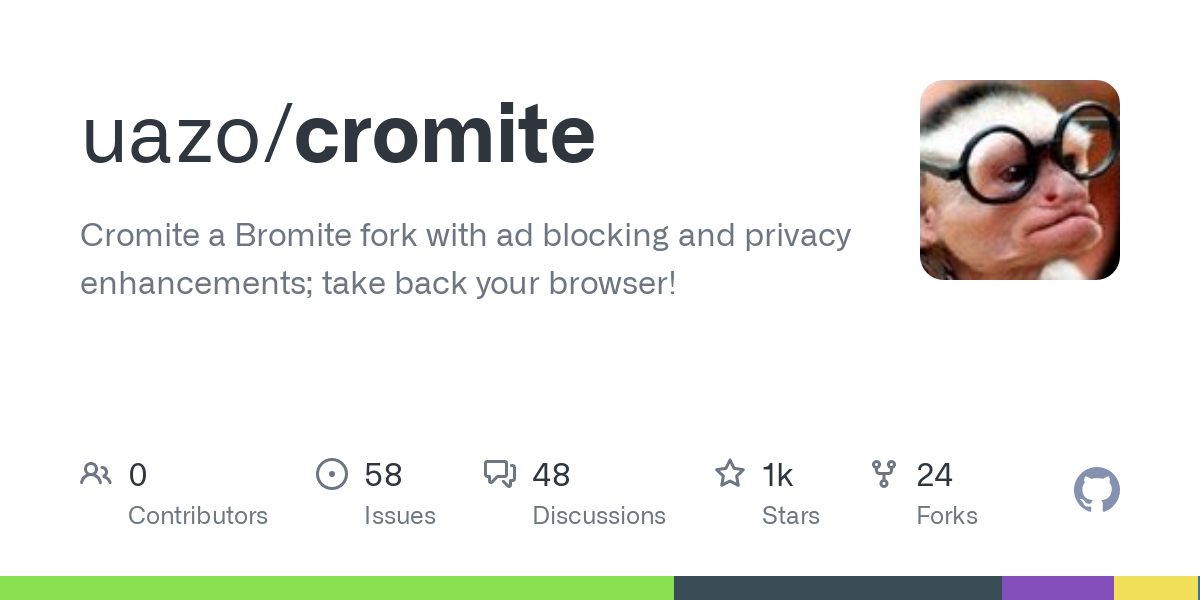

Hey, great post. I have one request. Can you maybe add some description for what the iptables entries do? I have a similar setup with a lot less iptables rules that works well for me. But I’m not an expert in networking, and am now worried that I might be missing something that can leak my home IP.






I took a look at it. From what I understand, some of the lines in your setup are redundant. The final product seems to do basically the same job as mine. In any case, if it works, it works.